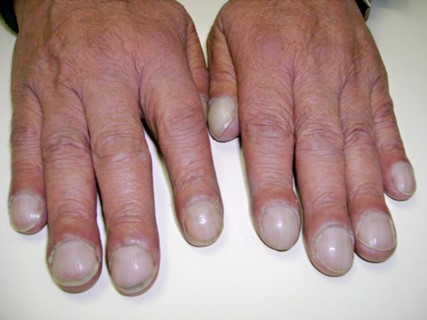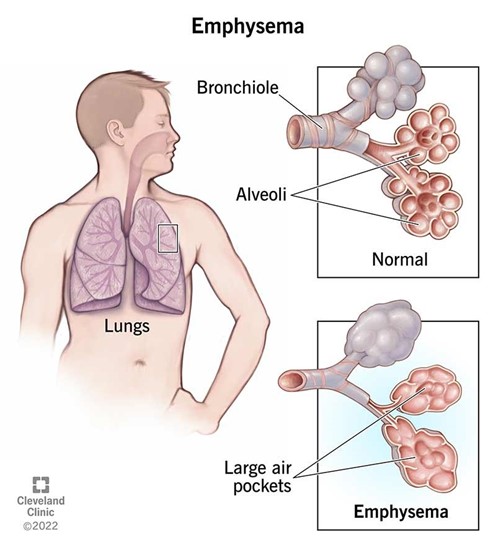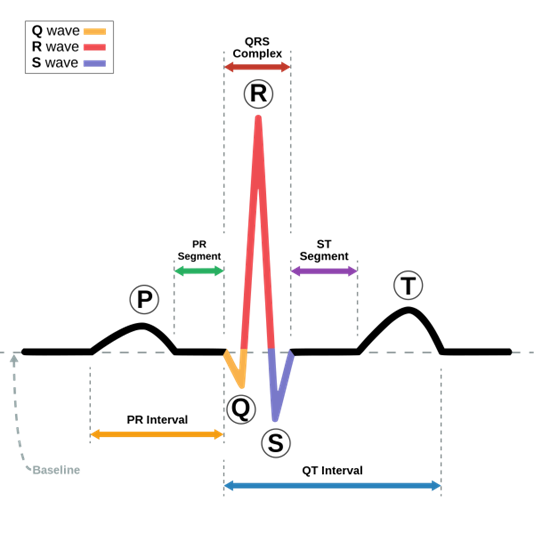The Correct Answer is {"dropdown-group-1":"A"}
Clubbing is a medical condition characterized by bulbous enlargement of the distal portion of a digit (usually a finger, but sometimes a toe) due to soft tissue proliferation and increased bone deposition. The affected digit takes on a rounded or "club-like" appearance, and the angle between the nail and nail bed (known as the Lovibond angle) increases to greater than 180 degrees.

Clubbing is commonly associated with a variety of medical conditions that interfere with oxygenation of the blood, including lung diseases such as chronic obstructive pulmonary disease (COPD), interstitial lung disease, and bronchiectasis; heart diseases such as congenital heart defects and cyanotic heart disease; and gastrointestinal diseases such as inflammatory bowel disease and cirrhosis.
The exact mechanism underlying clubbing is not fully understood, but it is thought to involve a combination of vascular, inflammatory, and neurogenic factors. Hypoxia (low oxygen levels) is believed to play a central role in the development
of clubbing, leading to the release of growth factors and cytokines that promote soft tissue and bone proliferation.
Clubbing is typically diagnosed based on physical examination findings, including the Lovibond angle and the presence of nail bed fluctuation (when the nail bed feels spongy or compressible). It is important to identify and treat any underlying medical conditions that may be contributing to clubbing, as these can have significant implications for the patient's health and quality of life.
Nursing Test Bank
Naxlex Comprehensive Predictor Exams
Related Questions
Correct Answer is {"dropdown-group-1":"B"}
Explanation
Emphysema is a lung disease that involves damage to the alveoli (tiny air sacs in the lungs), causing them to become stretched out and lose their elasticity. This leads to an abnormally enlarged gas exchange system and the destruction of alveolar walls

Transudative effusion: An effusion is an abnormal buildup of fluid in a body cavity, such as the pleural cavity around the lungs. Transudative effusions occur when fluid leaks out of blood vessels due to changes in pressure or protein levels, rather than from inflammation or injury.
Exudate effusion: This type of effusion occurs when fluid leaks out of blood vessels due to inflammation or injury. The fluid contains high levels of protein and cellular debris, and may be caused by conditions such as pneumonia, cancer, or autoimmune disorders.
D. Abscess: An abscess is a localized collection of pus, usually caused by a bacterial infection. It can occur in various parts of the body, including the lungs.
An abscess in the lung can cause symptoms such as coughing, chest pain, and fever.
.
Correct Answer is C
Explanation
In the normal electrocardiogram, the PR interval represents

The PR interval represents the time from the onset of atrial activation to the onset of ventricular activity. During this time, the electrical impulse travels through the atria, the atrioventricular (AV) node, and the bundle of His before entering the ventricles and initiating ventricular depolarization. Option A is incorrect because the atrial depolarization is represented by the P wave. Option B is incorrect because the ventricular depolarization is represented by the QRS complex. Option D is incorrect because there is no such term as “electrical systole” of the ventricles in ECG interpretation.
Whether you are a student looking to ace your exams or a practicing nurse seeking to enhance your expertise , our nursing education contents will empower you with the confidence and competence to make a difference in the lives of patients and become a respected leader in the healthcare field.
Visit Naxlex, invest in your future and unlock endless possibilities with our unparalleled nursing education contents today
Report Wrong Answer on the Current Question
Do you disagree with the answer? If yes, what is your expected answer? Explain.
Kindly be descriptive with the issue you are facing.
